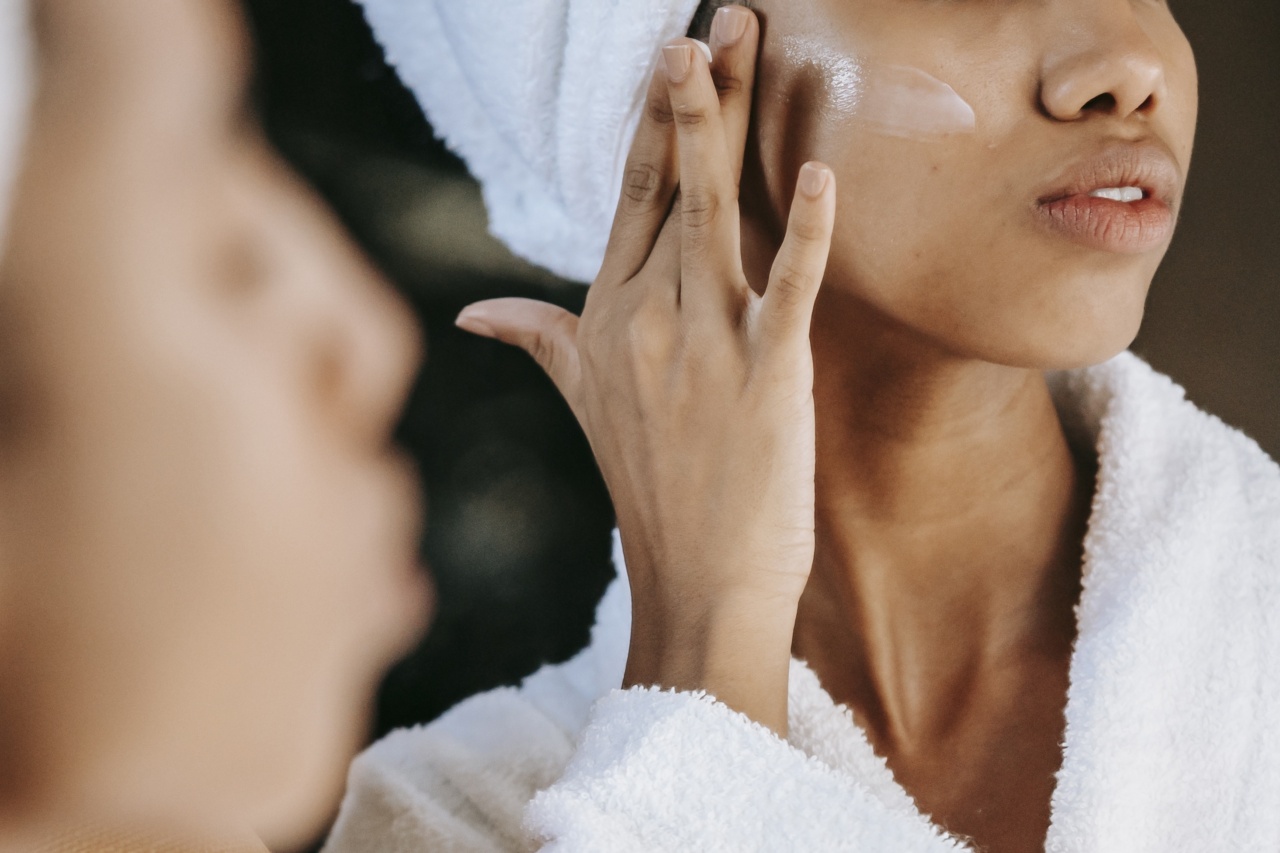Many people dream of having young-looking skin, but not everyone can afford expensive skincare treatments or products. Fortunately, there are cost-effective solutions that can help you achieve that youthful glow.
1. Consistent Sun Protection
One of the best ways to keep your skin looking young is by avoiding excessive sun exposure. Make sure to use sunscreen with an SPF of at least 30 every day, even on cloudy days. Reapply every 2 hours if you are spending prolonged periods of time outside.
Wearing a hat and sunglasses can also provide extra protection for your skin.
2. Drinking Water
Drinking water is essential to maintaining healthy skin. It helps to keep the skin hydrated and flush out toxins from the body. By drinking at least 8 glasses of water a day, you can keep your skin looking fresh and radiant.
3. Healthy Diet
What you put into your body is just as important as what you put on your skin. Eating a balanced diet with plenty of fruits, vegetables, and whole grains can provide your skin with the nutrients it needs to maintain a youthful appearance.
Foods high in vitamins A, C, and E, as well as antioxidants, are particularly beneficial for healthy skin.
4. Exfoliation
Regular exfoliation can help to remove dead skin cells and promote cell turnover, revealing brighter, younger-looking skin. You can use a physical scrub or a chemical exfoliant, such as alpha-hydroxy acids (AHAs), to gently exfoliate your skin.
Just be careful not to over-exfoliate, as this could cause irritation and damage to your skin.
5. Moisturizing
Using a moisturizer can help to keep your skin soft and supple. Look for a moisturizer that contains ingredients such as hyaluronic acid or glycerin, which can help to hydrate your skin.
Oily skin types can opt for lightweight and non-comedogenic moisturizers to keep their skin hydrated without clogging their pores.
6. Sleeping soundly
Getting enough sleep is crucial to maintaining healthy skin. While you sleep, your body repairs itself, and your skin produces new collagen. Lack of sleep can lead to dark circles, dull complexion, and fine lines, making you look older than you are.
Try to get at least 7 hours of sleep each night to maintain a youthful appearance.
7. Stress Management
Stress can have a negative impact on your skin. It can lead to breakouts, wrinkles, and dullness. Managing stress through exercise, yoga, or meditation can help to keep your skin looking young and healthy.
When you are stressed out, your body produces cortisol, a hormone that can break down collagen and elastin, causing wrinkles and sagging skin.
8. Avoid Smoking
Smoking can have a significant impact on your skin’s appearance. It can cause premature aging, wrinkles, and fine lines.
Smoking reduces blood flow to your skin, which can lead to a dull complexion and makes it more difficult for your skin to heal itself. Quitting smoking can help to improve your skin’s appearance and overall health.
9. Use Retinoids
Retinoids are vitamin A derivatives that can help to increase collagen production, reduce fine lines and wrinkles, and improve overall skin texture. They also help to unclog pores and prevent breakouts.
There are many over-the-counter retinoid products available that are affordable and effective. Just be sure to start with a low concentration and gradually increase to avoid irritation.
10. Facial Massage
Facial massage can help to increase blood flow to your skin and promote lymphatic drainage. This can help to reduce inflammation, puffiness, and fine lines.
You don’t need to spend a lot of money on fancy tools – you can use your fingertips to gently massage your face in circular motions for a few minutes each day.





























